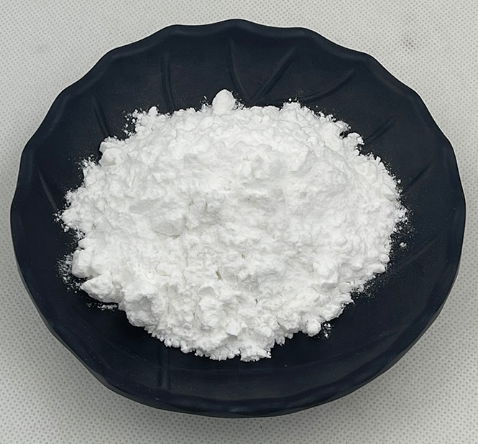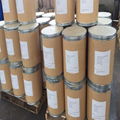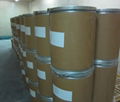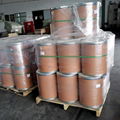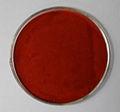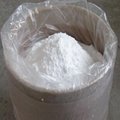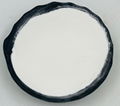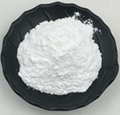| Chemical Properties |
95.0-100.5% Absorbance @325 nm ≥0.85% |
| Uses |
antihypertensive |
| Uses |
all-trans-Retinyl Palmitate is an ester derivative of Retinol (R252000). all-trans-Retinyl Palmitate is used as a vitamin supplement in the treatment of Vitamin A deficiency. all-trans-Retinyl Palmita te is used as an antioxidant and a source of vitamin A added to low fat milk and other dairy products. all-trans-Retinyl Palmitate is also a constituent of some topically applied skin care products |
| Uses |
retinyl palmitate is a skin conditioner. This retinoid is considered a milder version of retinoic acid, given its conversion properties. once on the skin, it converts to retinol, which in turn converts to retinoic acid. Physiologically, it is credited with increasing R epidermal thickness, stimulating the production of more epidermal protein, and increasing skin elasticity. Cosmetically, retinyl palmitate is used to reduce the number and depth of fine lines and wrinkles, and prevent skin roughness resulting from uV exposure. Secondary reactions such as erythema, dryness, or irritation are not associated with retinyl palmitate. It is even more effective when used in combination with glycolic acid because it achieves greater penetration. In the united States, its maximum usage level in cosmetic formulations is 2 percent. Retinyl palmitate is the ester of retinol and palmitic acid. |
| Uses |
vitamin A palmitate is known as a skin “normalizer.” It acts as an antikeratinizing agent, helping the skin stay soft and plump, and improving its water-barrier properties. Because of its impact on the skin’s water-barrier properties, it is useful against dryness, heat, and pollution. It is also an anti-oxidant and is s ested for use in sunscreens. Clinical studies with vitamin A palmitate indicate a significant change in skin composition, with increases in collagen, DnA, skin thickness, and elasticity. Vitamin A palmitate’s stability is superior to retinol. |
| Safety Profile |
Mildly toxic by ingestion. An experimental teratogen. Experimental reproductive effects. Human mutation data reported. When heated to decomposition it emits acrid smoke and irritating fumes. |
| Purification Methods |
The palmitate is separated from retinol by column chromatography on water-deactivated alumina with hexane containing a very small percentage of acetone. It is also chromatographed on TLC silica gel G, using pet ether/isopropyl ether/acetic acid/water (180:20:2:5) or pet ether/acetonitrile/acetic acid/water (190:10:1:15) to develop the chromatogram. It is then recrystallised from propylene at low temperature (below -47o). [Beilstein 6 IV 4135.] |

